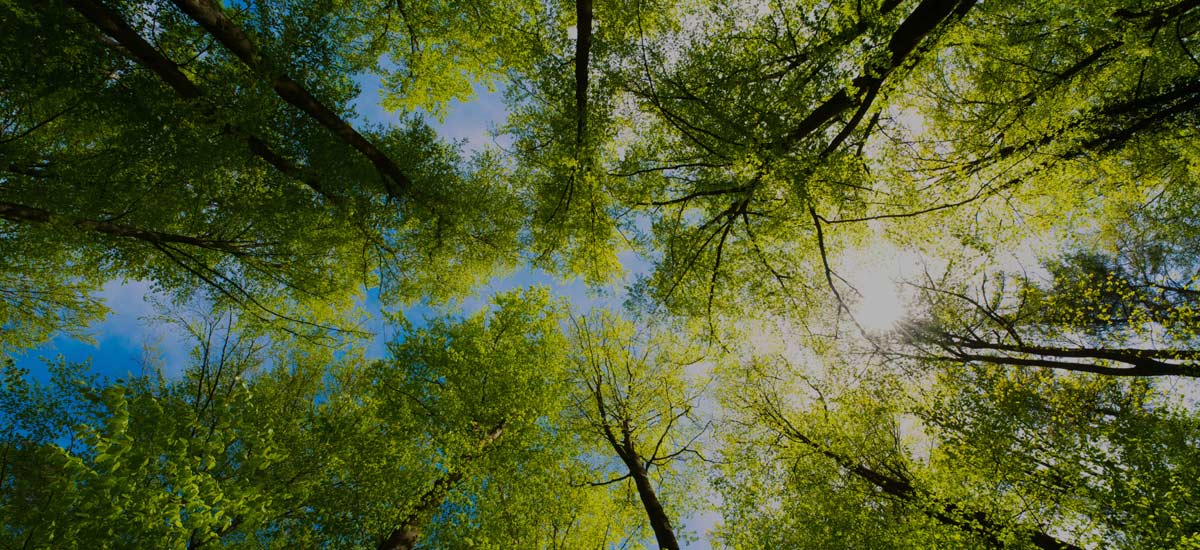In 1984, E.O. Wilson introduced and popularized the term Biophilia. He defined this idea as “the connections that human beings subconsciously seek with the rest of life.”
Study after study has found that people have a very strong preference for natural settings over man-made environments and these preferences cross cultures. This suggests, along with Wilson’s biophilia hypothesis, that our preferences are an evolutionary response.
Feeling down? Go outside. Just 5 minutes of activity in natural areas results in improvements in self-esteem and mood.
We universally prefer savannas, forests that have little underbrush, and landscapes with clean, rushing water. We respond strongly to the concepts of prospect and refuge in design – we like the ability to survey our surroundings and also small, comfortable spaces that make us feel safe. We have strong preferences for the natural over the built, with the attractiveness of the man-made increased by the introduction of natural features. We like flowers because our ancestral brains know that fruit and seeds come later. In short, we’re wired evolutionarily to prefer nature.
How Nature Helps
There is an intuitive link between nature and well-being. Office workers don’t poster their cubicles with pictures of gorgeous natural scenes for no reason. Parks and trees, gardens and campgrounds make us more at ease. In general, the more time we spend outside in nature, the better our mental health will be.
"Want to live longer? Plant more trees. Fewer trees have been linked to greater deaths due to lower-respiratory tract and cardiovascular illness."
The result of multiple research studies out of the United Kingdom have shown that spending time outside has known and measurable benefits to our mental health and well-being. Spending even a few minutes outside in a park has both short and long-term positive mental health benefits.
According to the National Academy of Sciences (no link provided), “nature-based recreation” has decreased 25 percent in the last 40 years. The truth— one we all know without researchers and pundits telling us—is that we spend more time inside and are increasingly more sedentary. Getting outside and active provides us with general health benefits.
Dr. Richard J. Jackson is integral in the push to design healthy communities. Dr. Jackson was director of the National Center for Environmental Health and star of the PBS series Designing Healthy Communities, as well as author of the series’ companion book. He believes that health issues begin not when a patient is unwell, but well before. Dr. Jackson argues that people who live in communities that are walkable, have access to bike trails, and are near parks and green space have higher levels of health than those in communities lacking those amenities.
Recognizing that health benefits come from increased access to green space in cities, health insurance companies in Portland, Oregon were recently major supporters of a $227 million bond issue, which was dedicated to the acquisition of additional green space in that city.
Children and Well-Being
The universal biophilic response adults have to the natural environment is especially pronounced in children. They feel the connection to, and disconnection from, the natural world more acutely than adults do. With less and less outdoor, unstructured playtime, children are increasingly disconnected from the natural world. This disconnection leads to fewer children who engage with nature and more that suffer from mental and physical issues that accompany a sedentary lifestyle.
More About How Nature Helps
A study published in Children’s Environments (link is broken: https://www.colorado.edu/journals/cye/12_4/article1.htm) found that the proximity of green space to a child’s home had a major impact that the child’s health and well-being. Children without access to green space suffer significant setbacks in social and motor development. Spending time outside encourages children to play, explore, and learn. A study published in the journal Environment and Behavior found that encouraging and supporting outdoor activities in children turns them into adults that continue the behavior of spending time outdoors. As with adults, spending time in nature instills our children with a positive sense of mental well-being and respect for the natural world.
The ASLA
“The Health Benefits of Nature”
Republished from the American Society of Landscape Architects

